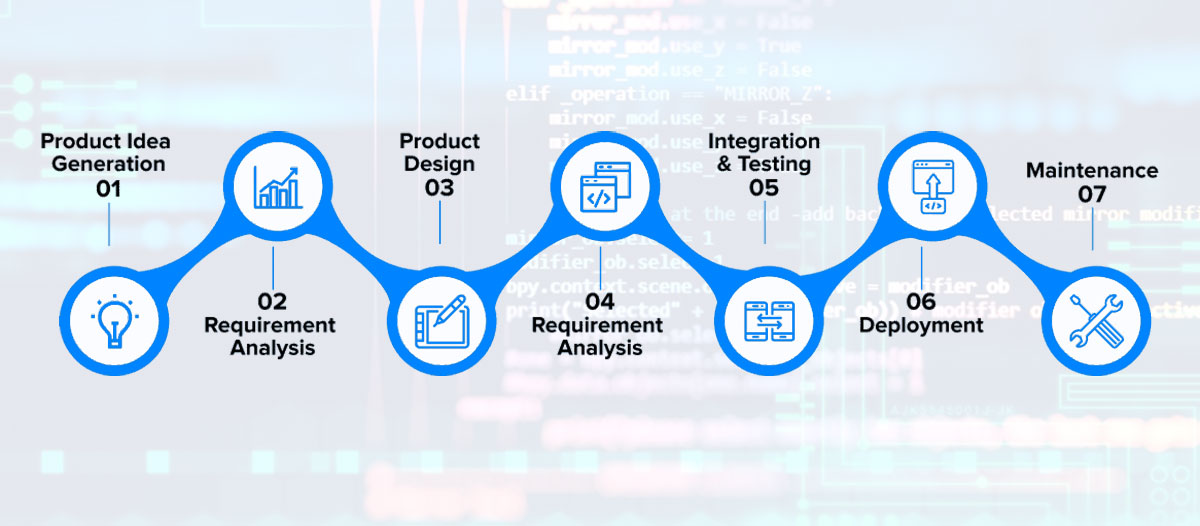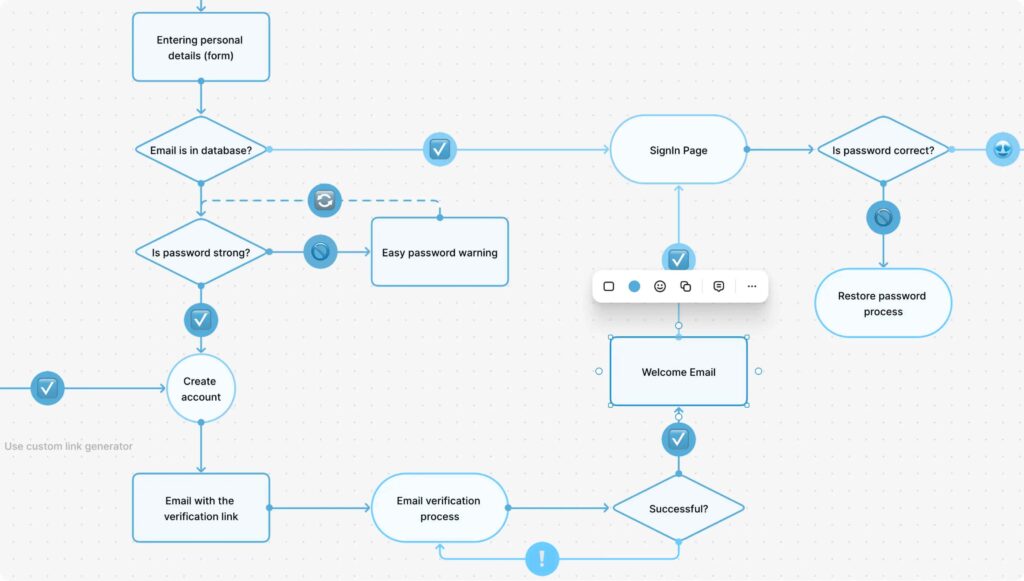
Designing Enterprise Software Products: My Process and Approach
Introduction: My Background in Product Design
Over the past several years, I’ve had the opportunity to work on a range of enterprise software design projects—each with its own set of complexities, user needs, and business goals. My journey spans industries including healthcare, government, e-commerce, and professional services, with a deep focus on user-centric systems, digital workflows, and brand-consistent experiences. Most recently, for my thesis at MIT, I designed an AI-powered dental application that simplifies consultations and automates documentation for dental professionals, which involved integrating Generative Adversarial Networks (GANs), real-time patient feedback, and insurance claim automation.
Across all my work—whether it’s for an AI-driven healthcare app or a digital menu system for retail—I’ve remained anchored in a thoughtful product design methodology that blends empathy, strategy, and execution.
My Approach: Design Thinking + Product Strategy
1. Discover — Understanding the User and the System
Every project starts with a deep dive into the user context and business ecosystem. I conduct stakeholder interviews, map out current workflows, and identify user pain points and unmet needs. In enterprise contexts, this means collaborating with cross-functional teams—sales, ops, IT, and end-users—to identify friction in both the user journey and back-end processes.
I also look at the “invisible” components—data dependencies, compliance requirements, and scalability constraints. This phase helps set the foundation for meaningful innovation, not just cosmetic UX fixes.

2. Define — Framing the Right Problem
Using insights from the discovery phase, I refine the problem statement with clear design and product hypotheses. I often use frameworks like the Double Diamond or Opportunity-Risk Tradeoff Matrix to align the scope with short-term business wins and long-term product vision.
For example, when designing the dental AI application, I focused the pilot around the most immediate value: streamlining patient consultations with visual simulations, which could be measured by satisfaction scores and time saved.

My Product Design Process
1. Ideate — Strategic Concept Generation
Here, I bridge business needs with creative exploration. I run ideation workshops, sketch interfaces, build user flows, and validate ideas with wireframes or clickable prototypes. For enterprise tools, this phase also includes thinking about systems design—how the feature interacts with existing data models, how roles and permissions work, and how to ensure a consistent design language across modules.
2. Prototype — Rapid Experimentation
I build high-fidelity prototypes using tools like Figma, Adobe XD, Photoshop, or Illustrator, often simulating real workflows to test with users. If we’re working on AI/ML integrations, I’ll pair with data scientists early to ensure that the interface design matches the logic and limitations of the models. This reduces friction during implementation.
3. Test — User Validation and Refinement
I treat testing as a continuous feedback loop. In enterprise contexts, I often run usability tests with internal users and simulate edge cases using synthetic data. I also use KPIs to track business outcomes—for instance, reduction in documentation errors or faster onboarding times.
Why Enterprise Software Needs Thoughtful Design
Unlike consumer apps, enterprise products often serve complex workflows, require cross-role collaboration, and must meet strict performance and compliance standards. Good design here isn’t just about beautiful UI—it’s about workflow efficiency, clarity, trust, and interoperability.
When I design, I prioritize:
- Modular scalability – so new features can be added without UI clutter
- Role-specific UX – so admins, users, and managers each get tailored views
- Data integrity and security – so sensitive information is protected
- Onboarding and documentation – to reduce friction and support adoption
Final Thoughts
Designing enterprise software isn’t just about solving for today—it’s about creating infrastructure that scales with the organization. By combining design thinking with rigorous product strategy, I aim to build tools that empower teams, reduce operational waste, and create value at scale.
If you’re looking to build or improve enterprise software for your organization, feel free to reach out. I’m always excited to collaborate on challenging problems that blend product strategy, UX design, and intelligent systems.
